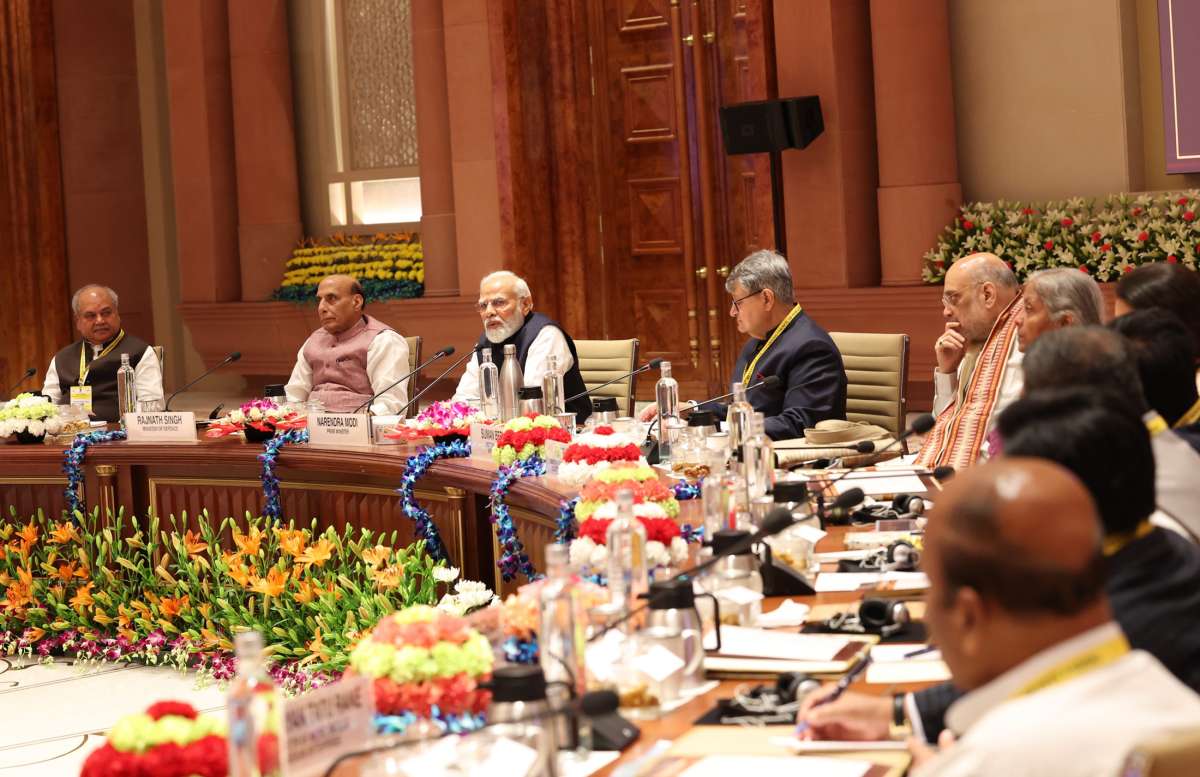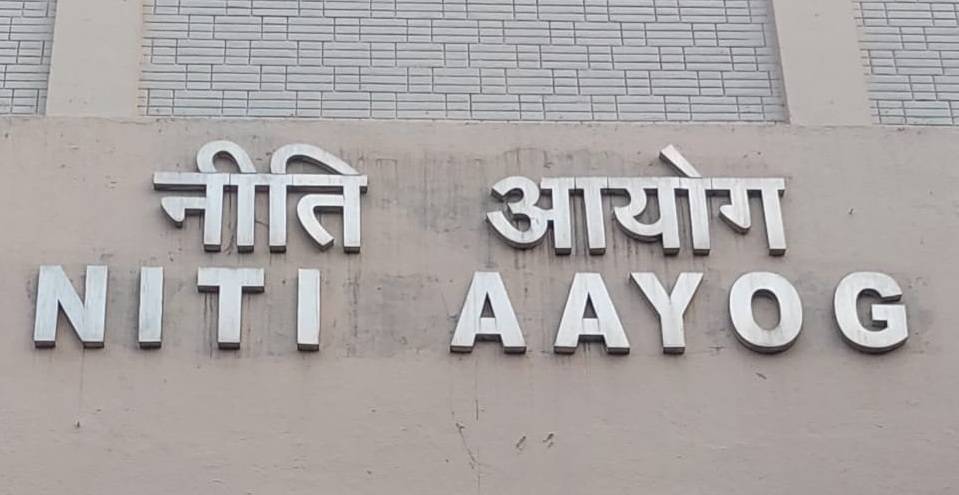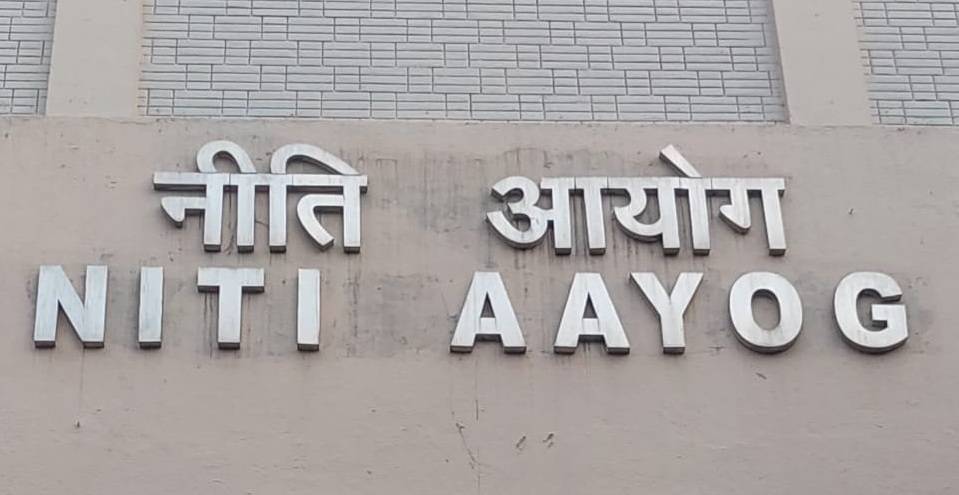PM Narendra Modi said that Niti Aayog can play a critical role in helping states to develop their strategies for the next 25 years and align the same with the ‘National Development Agenda’, reports Asian Lite News
Prime Minister Narendra Modi on Saturday, during the eighth Governing Council meeting of Niti Aayog, stressed that the Centre, states and union territories should work as ‘Team India’, and fulfil the dreams and aspirations of people for a ‘Viksit Bharat@2047’.
He also said that Niti Aayog can play a critical role in helping states to develop their strategies for the next 25 years and align the same with the ‘National Development Agenda’.
The Prime Minister made the remarks while chairing the 8th Governing Council Meeting of Niti Aayog earlier on Saturday at the New Convention Centre, here in Pragati Maidan.
The meeting was attended by Chief Ministers and Lt.Governors representing 19 states and 6 Union Territories.
The government in a statement said that the Prime Minister stressed that the Centre, states and UTs should work as Team India and fulfil the dreams and aspirations of people for a Viksit Bharat@2047.
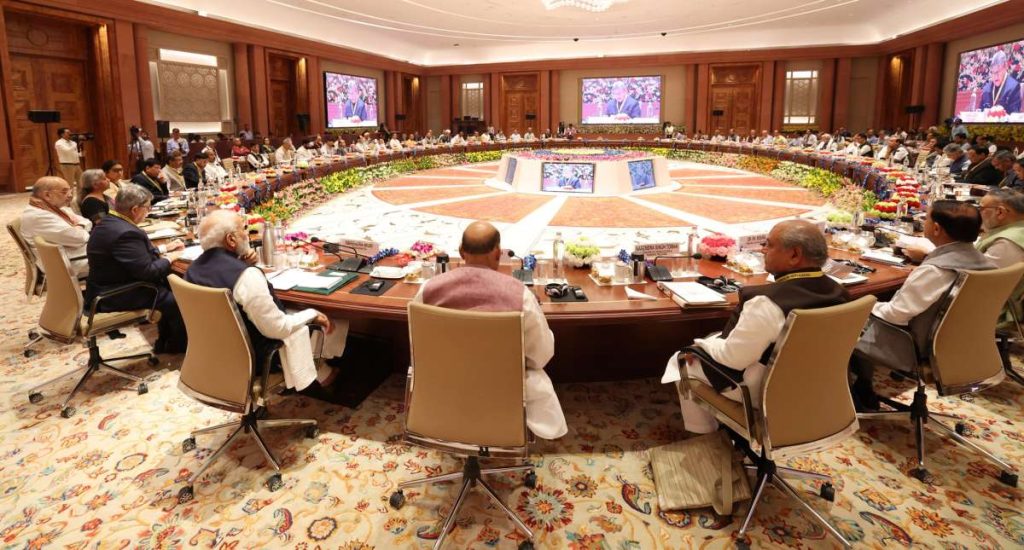
PM Modi also urged the states and UTs to work with the Niti Aayog so that the country can take a quantum leap towards achieving its vision for the Amrit Kaal.
The Prime Minister mentioned that Niti Aayog is taking multiple initiatives for strengthening cooperative and competitive federalism like the Aspirational Districts Programme (ADP) and Aspirational Blocks Programme (ABP).
“Both these programmes showcase the power of working together as Centre, states and districts, and the impact of data-driven governance in improving the lives of common citizens at the grassroots level,” it said.
The Prime Minister also stressed the need for states and Centre to promote Shree Anna in the International Year of Millets and also deliberated on the need for working towards water conservation through the Amrit Sarovar programme.
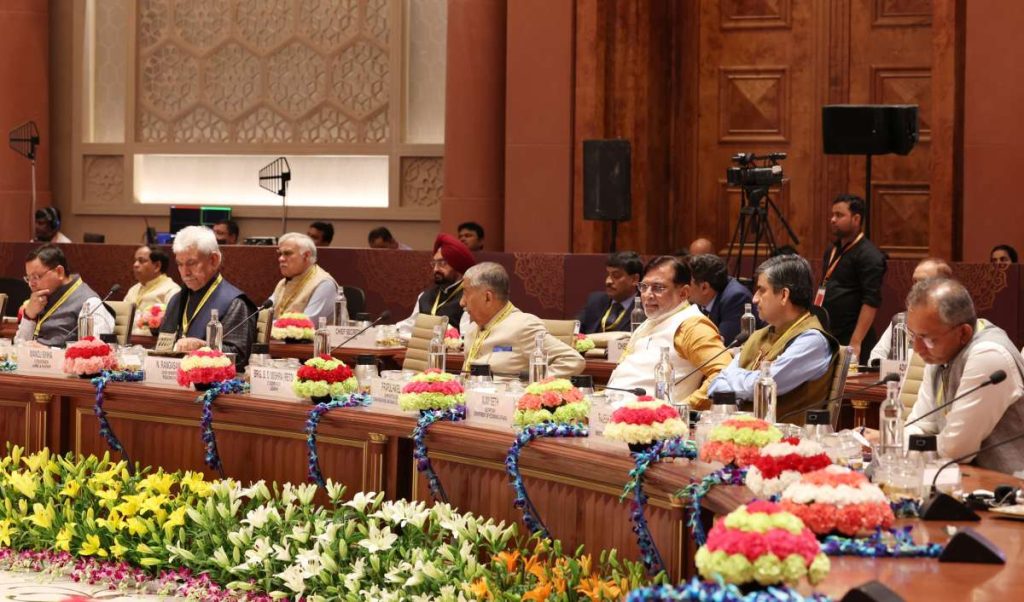
The Prime Minister spoke about the importance of maintaining fiscal discipline at the state level.
He urged the states to proactively use the Gati Shakti Portal not only for infrastructure and logistics but also for local area development and creation of social infrastructure.
Speaking about G20 meetings being held in the country, Modi said that while the G20 has brought glory to India on the world stage, it has provided states the opportunity for global exposure.
The Prime Minister also spoke about the importance of skilling people with a view to meet global requirements, supporting MSMEs, developing the tourism potential of the country, reducing compliance at the state level including decriminalisation of minor offences, and the creation of Ekta Malls.
Talking about ‘Nari Shakti’, he highlighted the significance of women-led development.

He also spoke about ending the menace of TB by 2025.
A statement said that the Chief Minister and Lt. Governors presented various policy level suggestions as they mentioned specific issues pertaining to the states which require Centre-State cooperation.
Some of the key suggestions and best practices highlighted by them included in areas like opting for green strategies, need for zone wise planning, tourism, urban planning, agriculture, quality of workmanship, logistics, among others, the statement said.
The Prime Minister also expressed his gratitude to the Chief Ministers and Lt Governors for participating in the meeting and sharing their views and experiences.
He said the Niti Aayog will study the states’ concerns, challenges, and best practices and subsequently plan the way forward.
ALSO READ: Global South on focus as India’s busy diplomatic season kicks off

